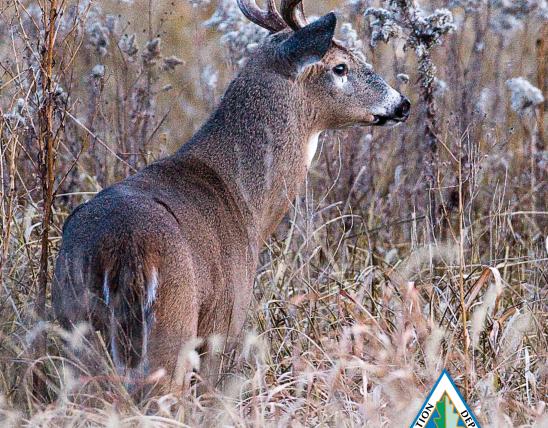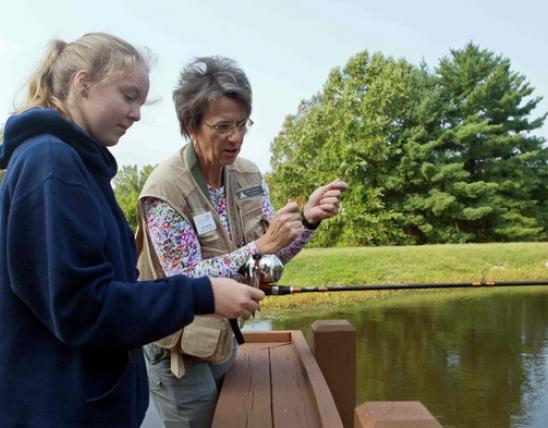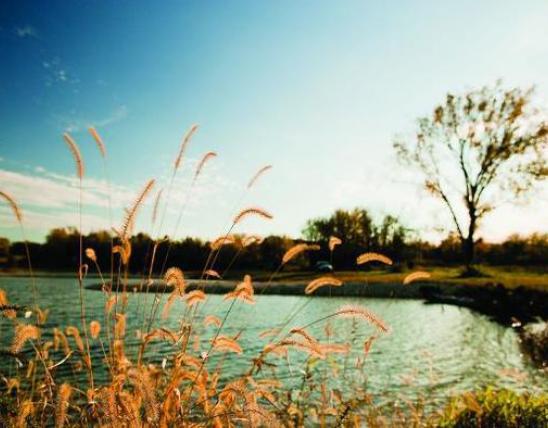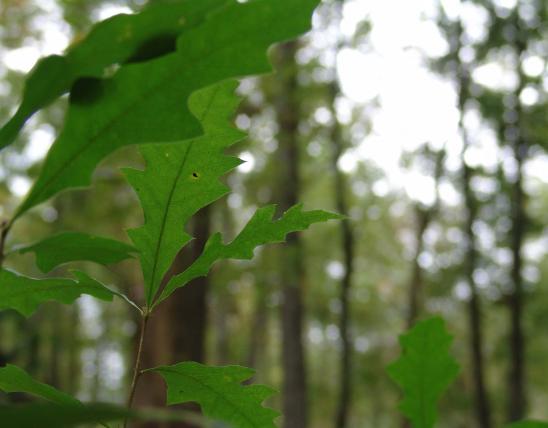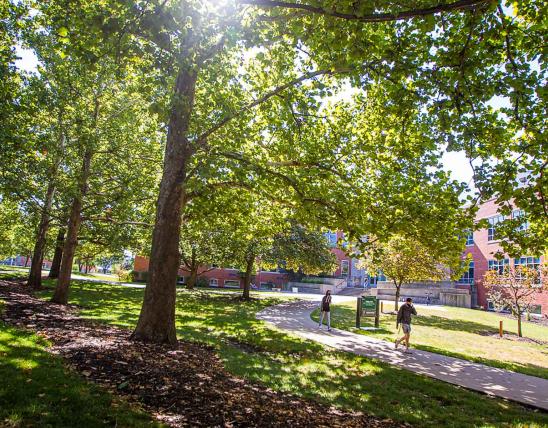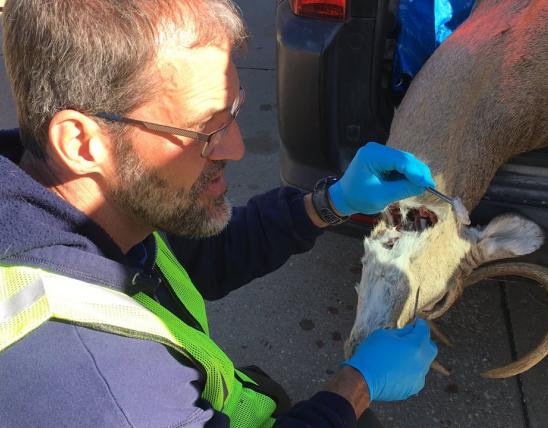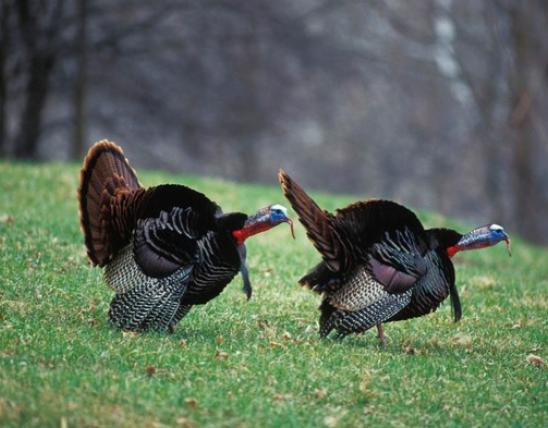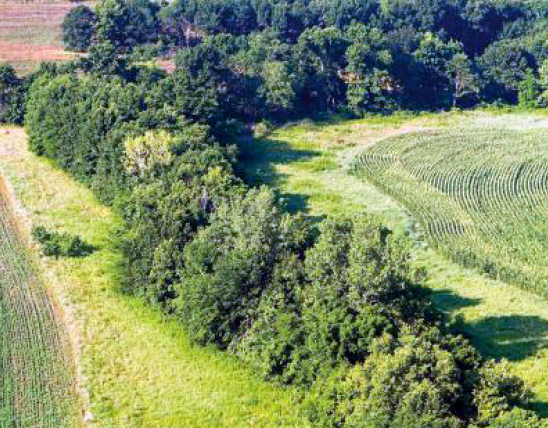Trees, Shrubs and Woody Vines
Media

Species Types
Scientific Name
Koelreuteria paniculata
Description
Golden rain tree is native to China, Korea, and Japan. It was cultivated in Missouri for years. Because it readily escapes from cultivation and is invasive, it is no longer recommended for planting in Missouri.
Media

Species Types
Scientific Name
Quercus nigra
Description
Its range and interesting, variable leaf shapes identify water oak. Like many species that require wet lowland forests, water oak has been declining in our state due to long-term extensive disruption of natural habitats in our Bootheel counties.
Media
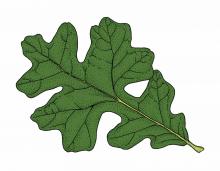
Species Types
Scientific Name
Quercus stellata
Description
Post oak has long been favored for fence posts and was valued by American pioneers. It has distinctive cross- or ghost-shaped leaves. It grows in rocky upland woodlands and in flatwoods on broad ridges.
Media
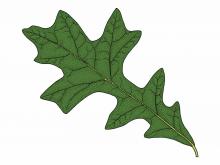
Species Types
Scientific Name
Quercus lyrata
Description
Overcup oak is fairly easy to identify. The acorns are almost completely covered by their knobby cups. The leaves have long, narrow lobes and wide sinuses. In Missouri, it grows naturally only in wet forests along the Mississippi and Meramec rivers.
Media

Species Types
Scientific Name
Quercus bicolor
Description
A beautiful tree, swamp white oak features bicolored leaves that are shiny, dark green above and downy white below. When a breeze sets them in motion, their wavy or lobed shapes add a calm grace to a summer's hike.
Media

Species Types
Scientific Name
Quercus coccinea
Description
Scarlet oak is a common tree of the Missouri Ozarks. Today it occupies much the same area that shortleaf pine used to dominate before it was extensively cut prior to the 1920s.
Media

Species Types
Scientific Name
Quercus falcata
Description
This tree has two names as well as two leaf types! In Missouri, southern red oak, or Spanish oak, occurs natively only in our southeast and southernmost counties.
Media

Species Types
Scientific Name
Quercus pagoda
Description
The bark of cherrybark oak looks like the bark of a cherry tree. When you hold one of the leaves with the leaf stalk upward, the pointed lobes make the leaf resemble an outline of a Chinese pagoda. This oak grows in Missouri's Bootheel.
Media

Species Types
Scientific Name
Quercus marilandica
Description
Blackjack oak is common in dry upland woods, especially ones that have been badly burned. It can grow on the poorest soils. It is rugged but not worth much as lumber. It's one of the first trees to be used as fuel.
Media

Species Types
Scientific Name
Quercus alba
Description
Found throughout Missouri and in all kinds of habitats, the white oak is one of our most attractive, long-lived, and stately shade trees. Learn to recognize it by its light gray bark, rounded-lobed leaves, and distinctive acorns.
See Also
About Trees, Shrubs and Woody Vines in Missouri
There are no sharp dividing lines between trees, shrubs, and woody vines, or even between woody and nonwoody plants. “Wood” is a type of tissue made of cellulose and lignin that many plants develop as they mature — whether they are “woody” or not. Trees are woody plants over 13 feet tall with a single trunk. Shrubs are less than 13 feet tall, with multiple stems. Vines require support or else sprawl over the ground.

